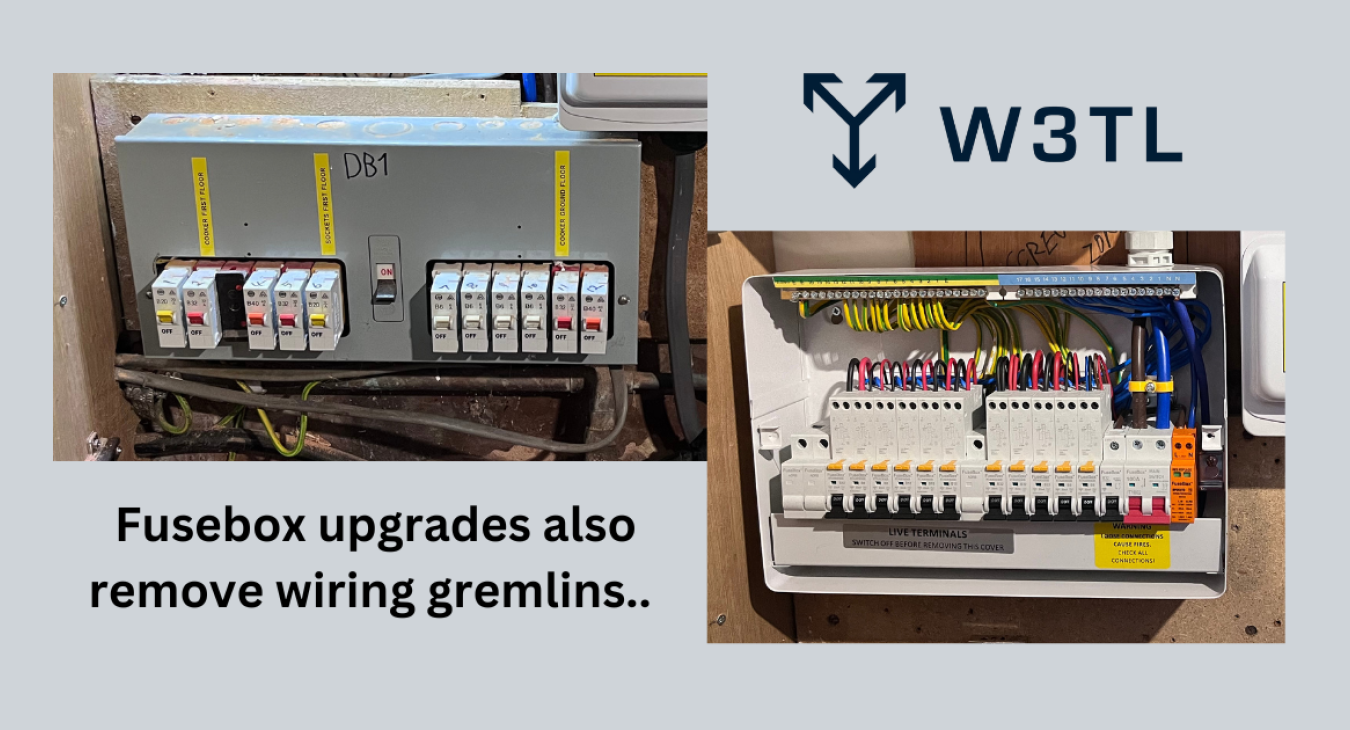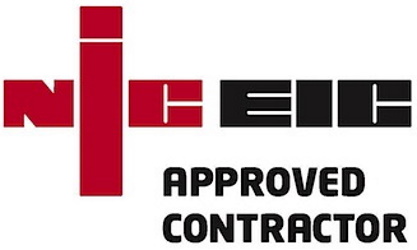
What drives the costs up? What drives them down?
Are you looking to have a consumer unit changed?
Are your consumer unit change quotes lacking information around cost?
So frustrated at trying to understand the cost that you are thinking about buying on price?
If any of these statements are true for you, then this article may be of use to you.
Consumer units have many names:
- Fusebox
- CCU
- Distribution board
- DB
- Trip box
- Breaker box
- Electric box
Its the unit that all your homes electrical wiring is fed from. Most homes have one, if the building is larger than can be two or more. There is no set amount, but widely practised wiring methods mean a building will have one consumer unit.
The consumer unit has a passive role in the operation of the electrical system. It sits there, sometimes for years without ever being touched. It is a monitoring station for electrical faults that if allowed to occur could cause:
- Fires
- Shocks
- Equipment damage
- Wiring damage
Think of it like a seatbelt: It is used all time, but its purpose isn’t felt until an incident. Its during this incident that the consumer unit’s equipment will activate and hopefully, if its installed well and correctly, protect you from the problems these faults can inflict.
A consumer unit change is a big deal. Its very important, yet some customers are unsure as to:
- What it does
- Why its important
- Why a unit can cost less than a £100, and another can cost a £1000+
- Why some quotes are less than £500 and some are pushing £1500+
As you begin to go understand about the consumer unit and its role in your home, this cost and pricing guide will help you develop an initial budget and plan for the instatement cost based on what you’re looking for and the future impact that decision may have.
There are two things to keep in mind when changing a consumer unit:
- Products
- Services
First, lets take a look at the products that are available and what the regulations say it is meant to do, then we can look at how you can achieve this based on the various price points.
A modern consumer unit must have:
- Short circuit fault protection
- Overcurrent protection
- Earth Fault leakage protection
- Surge protection
A modern consumer unit could also have:
- Arc fault protection
Short circuits
A short circuit is any instance where the power wire touches any of the other conductors in the circuit where it is not supposed to.
It’s a spectacular failure which is often a pop, bang, or flash. If you get one of these, it’s the fuse or a modern miniature circuit breaker (known as an MCB) that cuts the power.
Overcurrent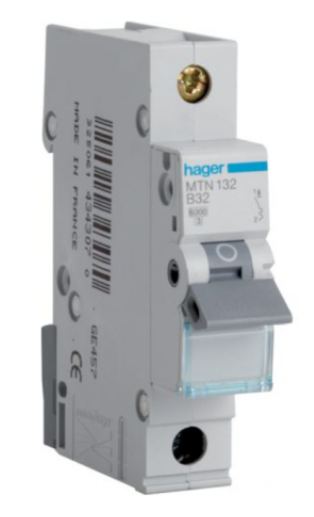
Circuits pull electrical energy. If a circuit is allowed to pull too much, the cables can burn and start fires. Quite simple
We avoid this by installing a fuse! Often the same fuse that protects us from short circuits. However, a fuse is quite crude and is rather old tech.
So, we use an MCB. They have a rating which protects the cable from those nasty fires that can ensue when cables overload.
- The cost of a domestic MCB ranges from £2 to £10.
Earth fault leakage
RCD's (residual current device) are the devices used to protect against earth faults.
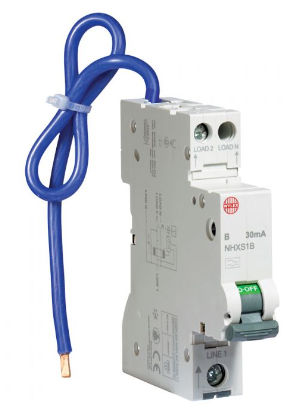
Simply, they switch of a circuit if there is an imbalance in electrical current between the live and neutral. If an imbalance occurs, its because some current is leaking down to earth which could result in a shock risk. - The cost of an RCD device ranges from around £10 to £50 on average.
Arc faults
AFDD's are fairly new to the UK. They have a mini computer built in that is able to detect the characteristics of an arching circuit. Some bad side effect of an arc are fires and shock risk. - These devices start around £80 and can cost as much as £200+ each. 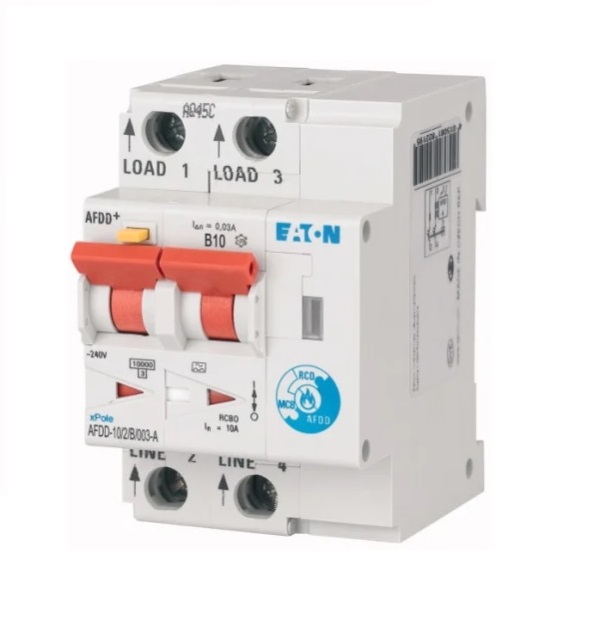
Good to know: Currently, the wiring standards call for arc fault protection devices to be used on circuits supplying socket outlets in an HMO or in student accommodation to name the two most common applications.
Surge protection
The electrical supply in the UK is fairly stable. However, if the supply voltage does increase, a surge device (SPD) will channel this extra voltage off to protect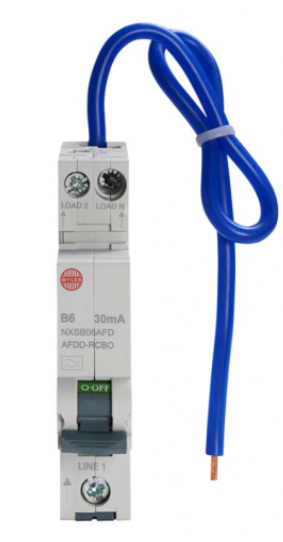 equipment connected to the electrical system. - Expect to pay around £20-£80 for an SPD fitted to your consumer unit.
equipment connected to the electrical system. - Expect to pay around £20-£80 for an SPD fitted to your consumer unit.
The unit that the devices will sit in come in a few different variations:
- Dual RCD unit
- RCBO unit
- Double stacked unit
- Three phase unit
Dual RCD unit
This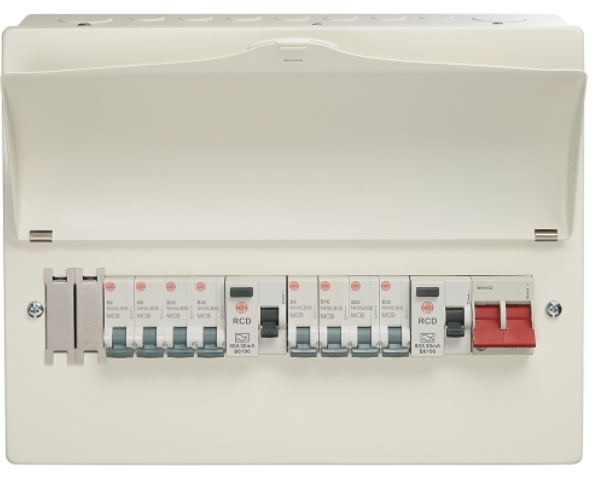 is the most economical way of supplying all the required circuit protection to your homes wiring. The major benefit is cost, but there are some major pitfalls too.
is the most economical way of supplying all the required circuit protection to your homes wiring. The major benefit is cost, but there are some major pitfalls too.
This unit will generally have a mix of MCB's and usually two RCD's. The idea is that having two RCD's splits the homes wiring into two groups. If a fault arises with one circuit on the first RCD, then the circuits on the other RCD can stay energised. The reverse is also true.
The pitfall is that if you have a fault on one circuit, all the circuits in that RCD's group also go off. The typical house now has ten circuits; this means that during a fault, you could lose power to five circuits and sometimes more.
It is possible to incorporate some RCBO's and AFDD's to this unit, but its very uncommon given the cost saving is not good enough.
Expect to pay anywhere from £60 to £200 on average for a 6-16 way dual RCD board.
RCBO unit
This unit is less economical that a dual RCD unit but its is far more customisable. This unit takes the MCB and incorporates an RCD device into each circuit protective device. This new device is called an RCBO. 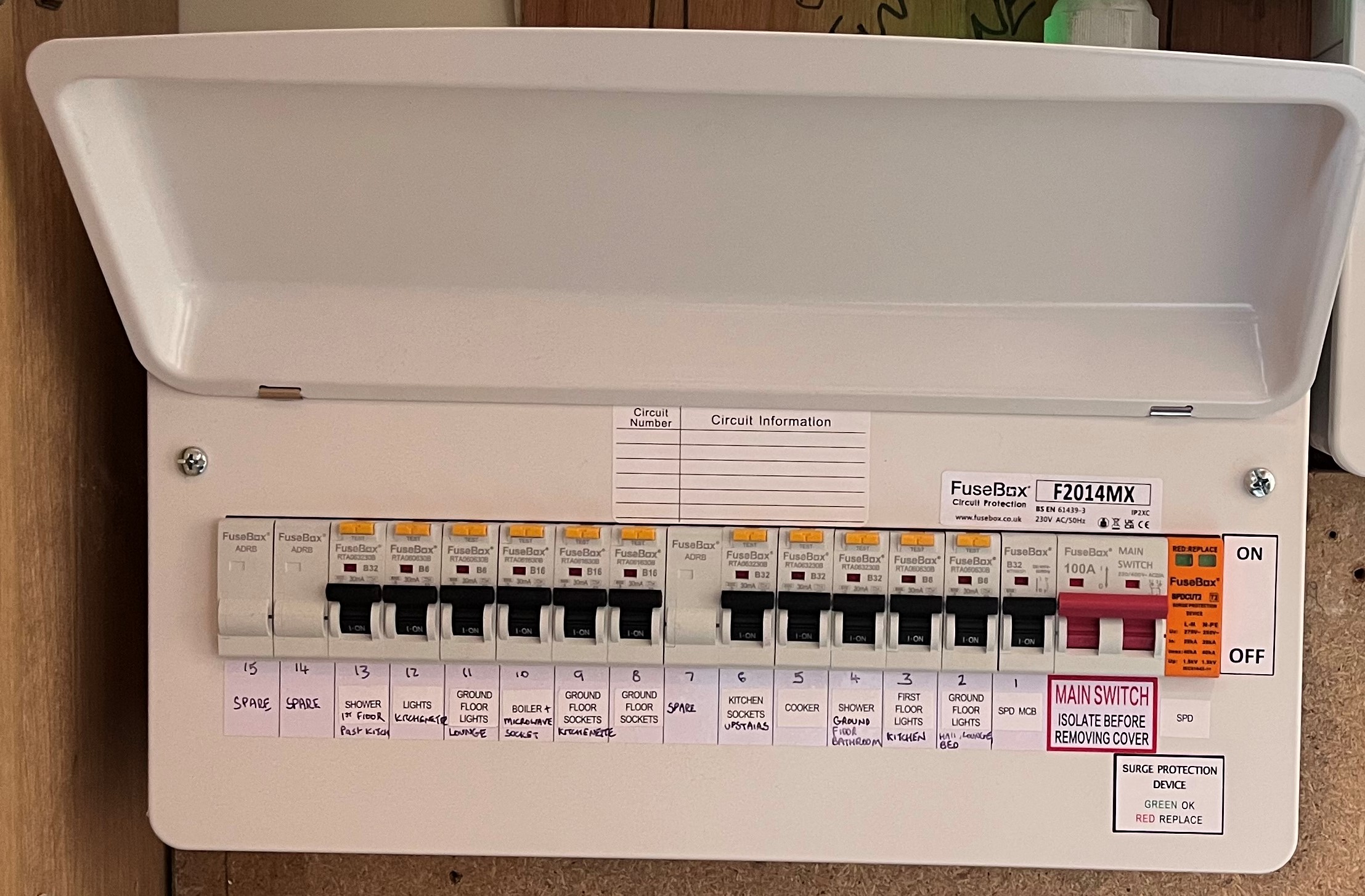
It is the same size as an MCB but it allows each circuit to have its own earth fault protection and thus, the major advantage here is that if one circuit trips you only lose power to that one circuit unlike with the grouping in the Dual RCD unit.
Expect to pay anywhere from £160 to £500 on average for a 6-16 way full RCBO board.
Double stacked unit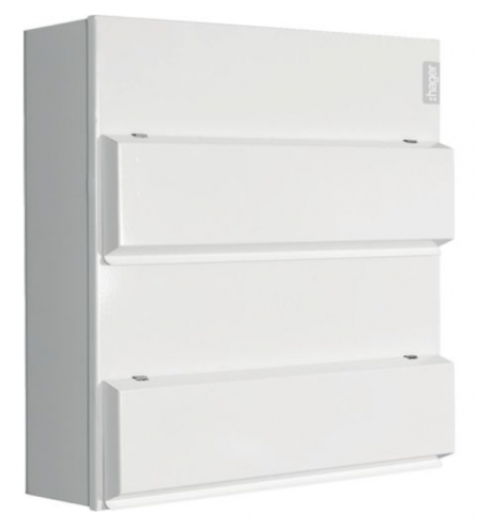
These extend the amount of devices you can fit to both a Dual RCD unit and an RCBO unit. It means you can accommodate 16 ways to 42 ways on a single phase supply.
Stacker units start at around £130 and can cost up to around £250. You will need consider the switches you put in it to get an idea on cost.
Three phase unit
There are some homes with a three phase supply (three lots of single phase). These units present the circuit protective devices on thier side running up the unit, unlike left to right in a domestic board. If you need to accommodate large number of circuits then you may need a three phase board.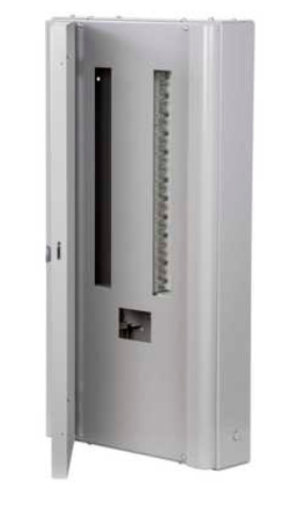
Because of how they distribute power internally, additional equipment like time clocks, contactors, and transformers cannot be fitted in them.
The cost of these units start around £100.
Now lets look at the service element of fitting a consumer unit
There are a number of factors that will either increase the cost of the works or decrease the cost of the works depending on where your baseline is. So, lets start with what tasks need to be completed as part of a consumer unit change, and then you can get quotes based on which tasks are included within your quote:
Before the works begin:
- Pre check of the wiring (an EICR)
- List of faults and errors found before the Consumer unit is changed
- Unidentified circuits as traced and labelled
- Electrical supplier is made aware of the need to alter your meter cabling
- A suitable contractor switch is fitted ahead of the works
During the works:
- Existing consumer unit is stripped out
- Suitable mounting board is fitted in the consumer unit area
- Consumer unit is fitted to the board
- Circuit charts and labels are affixed to the unit
- Functional testing to all circuits is carried out
After the works:
- The system is tested to confirm:
- All cables are correctly connected
- Protective devices operate as they should
- All connections have been made appropriately
- Electrical certification is produced for the work
- Building compliance notification is produced in line with Part P of the Building Regulations
Working through the checklist from start to finish you can see the progression that is widely accepted as good practise and the correct way to complete a consumer unit change. There are a few common problems that arise whe consumer units are rushed, often due to time pressures. Read here about the Four Most Common Problems With Consumer Units
A few factors than can effect the charges of an installer are:
- Membership to a competent persons scheme
- NICEIC
- Napit
- Experience
- Apprenticeship is 3+ years
- Mastery is considered 10+ years
- Years in business
- Long trading businesses often price work more accurately accounting for things like:
- Adequate equipment which is paramount to the safety of the worker and the customer
- Future investment for equipment to save time, emissions, and improve the finished item
- Additional training, continued personal development, and better working conditions
- Long trading businesses often price work more accurately accounting for things like:
- Calibre of company
- Highly visible online and very easy to contact
- Number of reviews
- Large portfolio of previous work
Where do I and my company stand as an installer?
It is our policy that no consumer unit is changed without having first carried out a full wiring test (EICR – Electrical installation condition report). There are some instances where this is not possible; the unit may be faulty, it may have been damaged, or poor access to the wiring prohibits us accessing the conductors to carryout the test.
Whilst it is considered good practise, it also means that if there are any problems, we like our customers to be able to make an informed decision about the options they have available without being committed to the work. We don’t like to be standing there, giving them bad news, and telling them that if they don’t repair it, we can’t turn their power back on.
Our customers make decisions based on the information we give them. They are empowered by our honest and clear advice, meaning far fewer mistakes are made, and customer satisfaction remains high. Part of our commitment to our customers is to ensure that we are only using materials of a good quality that will last for many years.
If you’re in the market for a consumer unit upgrade or replacement then there is a potential array of needs that you have. Here at w3tl, there are particular types of needs that we can absolutely help with but there are others that we can’t help as well with.
But we think its important for us to be very honest with you and let you know where we aren’t necessarily the best fit.
Let me give you some examples of what we don’t do at w3tl.
For those people who are looking for a new consumer unit for around £500 then we are probably not a good fit for you. This is because our average consumer unit generally benefits from:
- Upgraded/replacement back boards for surface mounted units
- New modern supply cabling and separate earth block
- Full RCBO
- Surge protection as standard
- EICR inspected before the unit is changed
- Contractor switch fitted for use by Electricity supplier
- Full functional testing once completed
- Electronically produced Electrical certificate
- Building compliance notification issued immediately after completion
The average customer spend for a consumer unit change is in the region of £750- £1,100 to supply and install. We hope this helps you get an idea for budget.
Now occasionally, we will get someone that comes to us and they just want the unit changed with materials they have supplied, and although we would love to be able to help those people, that’s not the best fit for us. The ones that we can help are the ones that are in the market for an overhaul to a significant part of their electrical system to improve reliability and robustness which will generally require a more substantial investment.
Customer trust is important to us, those that entrust us with the task of making major alterations to their electrical system do so for the peace of mind that our process and end result allow.

